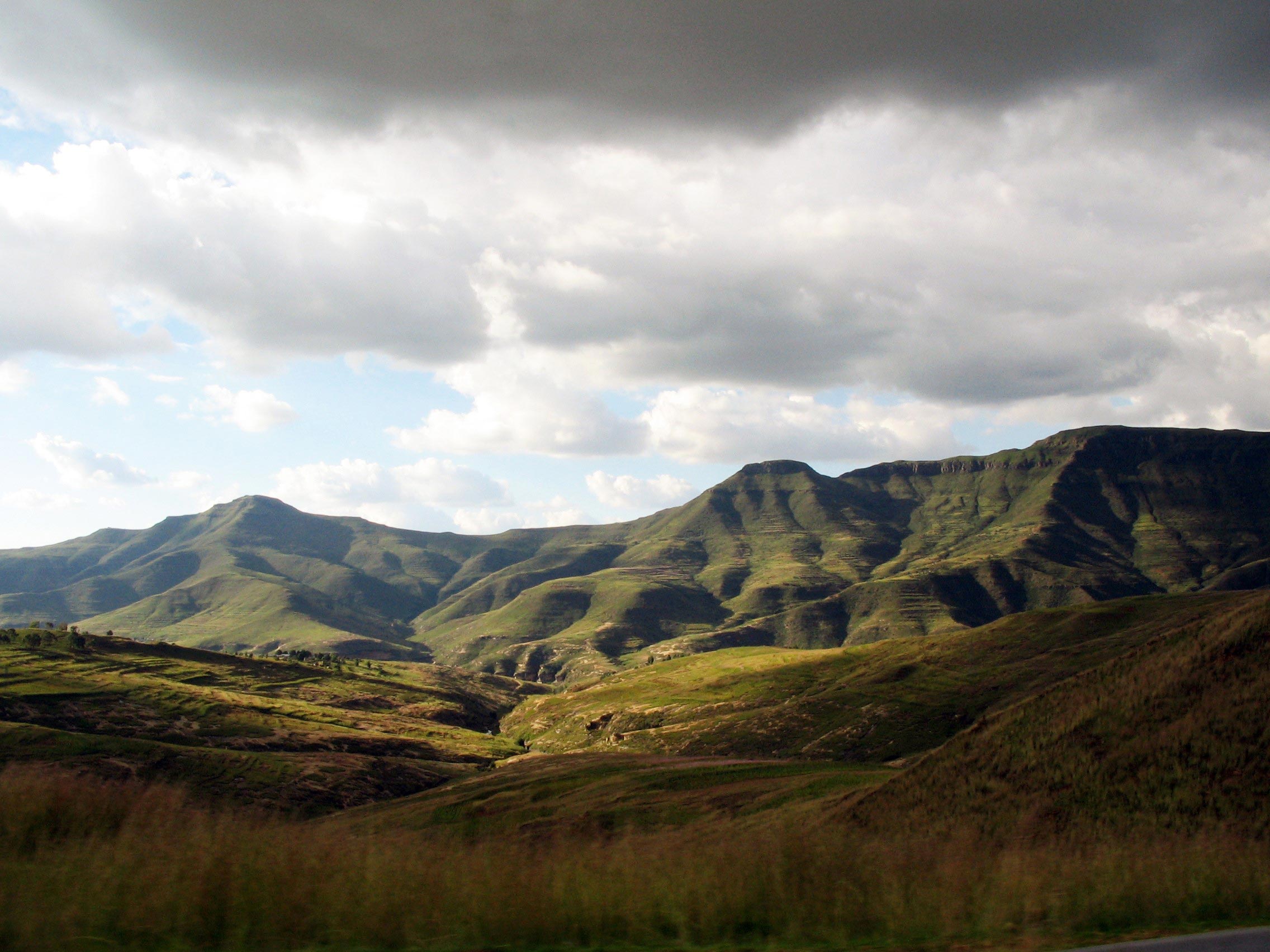
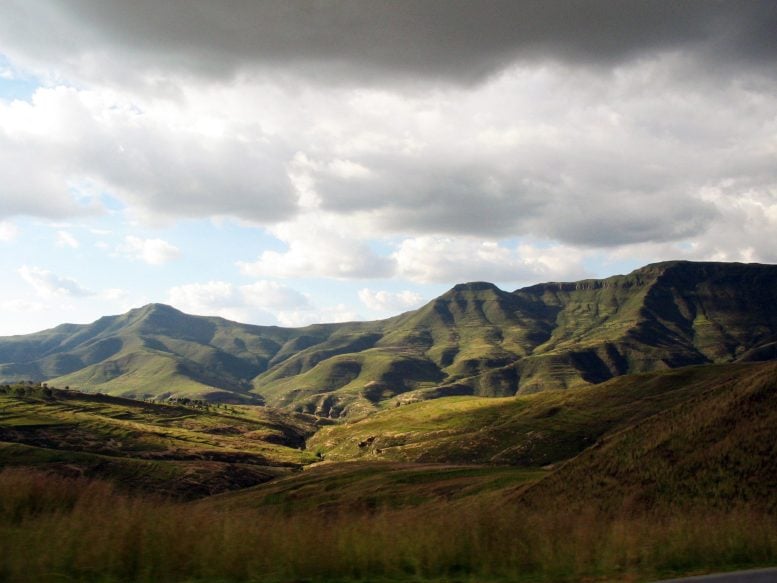
The study suggests that the breakup of continents causes deep ground waves, resulting in topographic features such as cliffs and plateaus.
A team of scientists led by the University of Southampton has answered one of the most puzzling questions in plate tectonics: how and why the ‘stable’ parts of continents gradually rise to form some of the greatest topographic features on the planet.
In their study, which was recently published in natureResearchers examined the effects of global tectonic forces on the evolution of landscapes over hundreds of millions of years. They found that when tectonic plates separate, powerful waves are released deep within the Earth that can cause continental surfaces to rise by more than a kilometer.
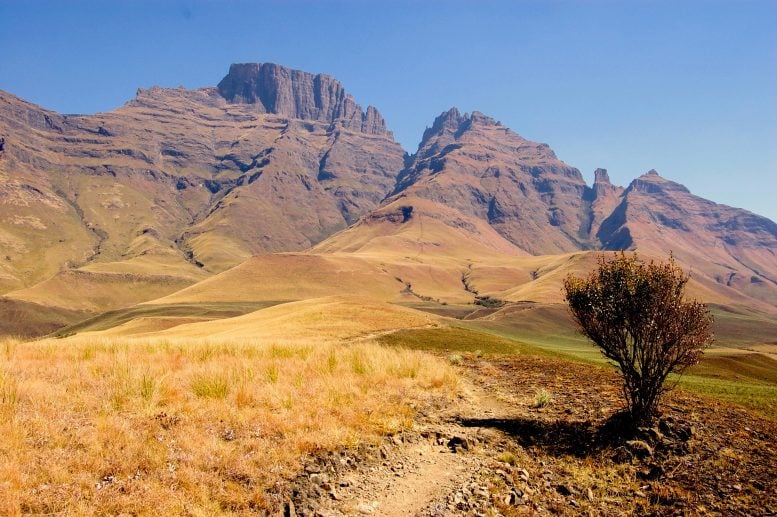
The Mystery of Cliffs and Plateaus
These findings help solve a long-standing mystery about the dynamic forces that shape and connect some of the most dramatic landforms on Earth — broad topographic features called “slopes” and “plateaus” that profoundly influence climate and biology.
“Scientists have long suspected that steep, kilometre-high topographic features called great scarps – such as the classic example surrounding South Africa – are formed when continents rift and eventually split apart. However, explaining why the interiors of continents, far from such scarps, rise and erode has proven more difficult. Is this process linked to the formation of these towering scarps? We simply haven’t known,” said lead author Tom Gernon, Professor of Earth Sciences at the University of Southampton.
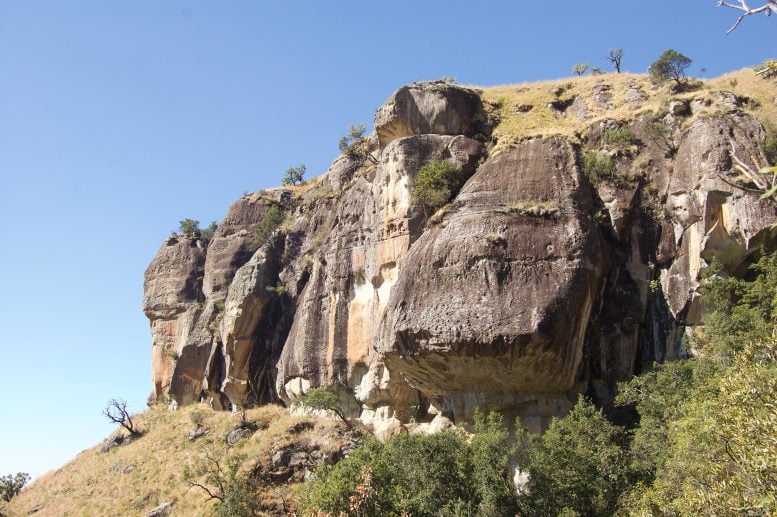
The vertical movements of the stable parts of continents, called cratons, remain one of the least understood aspects of plate tectonics.
A team from the University of Southampton, including Dr Thea Hinks, Dr Derek Kerr and Alice Cunningham, collaborated with colleagues from the Helmholtz Centre Potsdam – the German Research Centre for Geosciences (GFZ) and University of Birmingham To address this fundamental question.
Their findings help explain why parts of continents previously thought to be “stable” undergo massive uplift and erosion, and how such processes can migrate hundreds or even thousands of kilometres inland, forming vast elevated areas known as plateaus, such as the Central Plateau of South Africa.
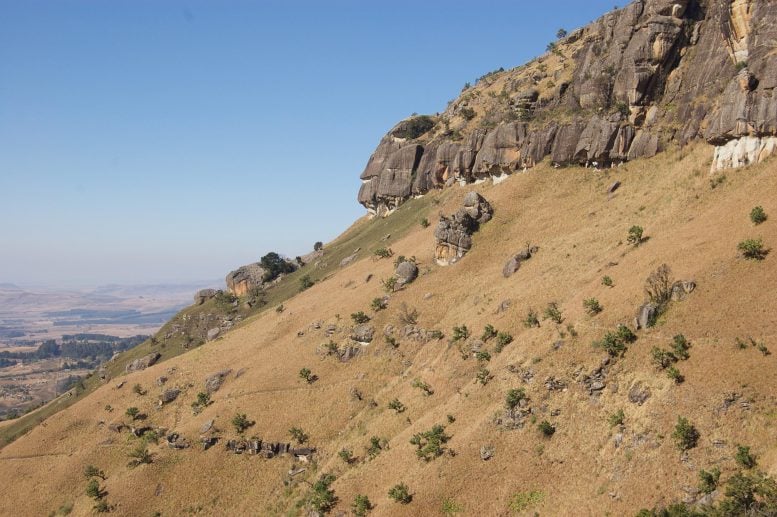
Modeling continental uplift and erosion
Based on their study linking diamond eruptions to continental breakup, Published last year in natureThe team used advanced computer models and statistical methods to study how the Earth’s surface responded to the breakup of continental plates over time.
They discovered that when continents split, the stretching of the continental crust causes tectonic movements in the Earth’s mantle (the massive layer between the crust and the core).
“This process can be compared to a sweeping movement that moves towards the continents and disturbs their deep foundations,” said Professor Sascha Brun, who heads the Geodynamic Modelling Department at GFZ Potsdam.
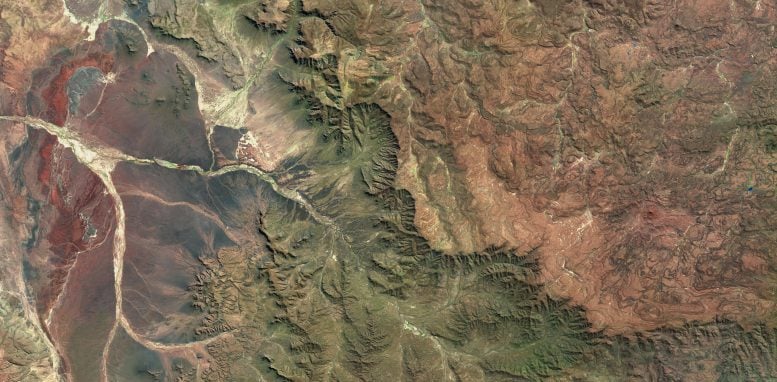
Professor Brun and Dr Anne Glerum, also at Potsdam, ran simulations to investigate how this process unfolded. The team noticed an interesting pattern: the speed of the mantle “waves” moving under the continents in their simulations closely matched the speed of the major erosion events that swept across the South African landscape following the breakup of the ancient supercontinent Gondwana.
Scientists have gathered evidence that suggests the great cliffs formed at the edges of ancient rift valleys, much like the steep walls we see today on the margins of the East African Rift. At the same time, the rift event also created a “deep mantle wave” that travels along the base of the continent at speeds of 15 to 20 kilometers per million years.
They believe that this wave works to remove layers of rocks from the roots of the continents due to thermal convection.
“Just as hot air balloons lose weight to rise, the loss of continental material causes continents to rise – a process called isobathism,” said Professor Brun.
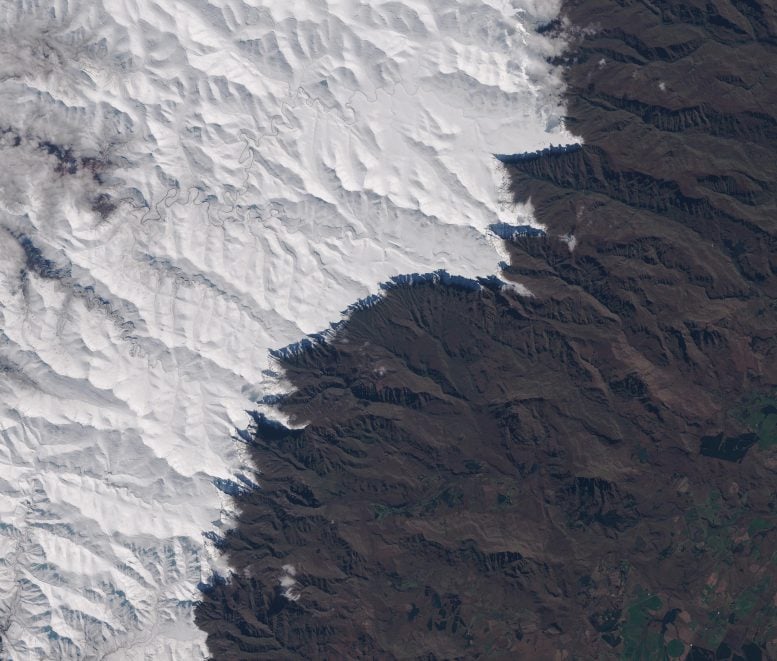
Based on this, the team modeled how the landscape would respond to this mantle-driven uplift. They found that the instability of the migrating mantle triggers a wave of surface erosion that lasts for tens of millions of years and moves across the continent at a similar rate. This intense erosion removes a massive weight of rock, causing the Earth’s surface to rise even further, creating high plateaus.
“Our landscape evolution models show how a series of rift-related events can lead to a cliff as well as a stable, flat plateau, despite the erosion of a layer of several thousand meters of rock,” explained Jan Braun, professor of modeling of land surface processes at the GFZ Potsdam Center, also based at the University of Potsdam.
The team’s study offers a new explanation for the puzzling vertical motions of continents far from continental edges, where uplift is more common.
“What we have here is a compelling argument that rifting can, under certain conditions, directly generate long-lived convection cells in the upper mantle, and these rift-induced convective systems have a profound impact on Earth’s surface topography, erosion, sedimentation and the distribution of natural resources,” added Dr Steve Jones, Associate Professor of Earth Systems at the University of Birmingham.
Conclusion and future directions
The team concluded that the same series of mantle disturbances that prompt diamonds to emerge rapidly from deep within the Earth also fundamentally shape continental landscapes, influencing a range of factors from regional climate and biodiversity to patterns of human settlement.
Continental breakup not only disturbs the deep layers of the Earth, but also has effects that reverberate across the surface of continents, which were previously thought to be stable, explained Professor Gernon, who received a major philanthropic grant from the WoodNext Foundation, run by the Greater Houston Community Foundation, to study global cooling.
“The destabilization of continental cores must have affected ancient climates as well,” Professor Gernon concluded.
Reference: “Coevolution of Continental Margins and Intracontinental Breakups” by Thomas M. Gernon, Thea K. Hinks, Sasha Brun, Jane Brown, Stephen M. Jones, Derek Kerr, Alice Cunningham, and Annie Gellerum, August 7, 2024, nature.
doi: 10.1038/s41586-024-07717-1

“Web maven. Infuriatingly humble beer geek. Bacon fanatic. Typical creator. Music expert.”





More Stories
SpaceX launches 23 Starlink satellites from Florida (video and photos)
A new 3D map reveals strange, glowing filaments surrounding the supernova
Astronomers are waiting for the zombie star to rise again